BEECHER’S BROWNSTONE GETS A RENO (1940)
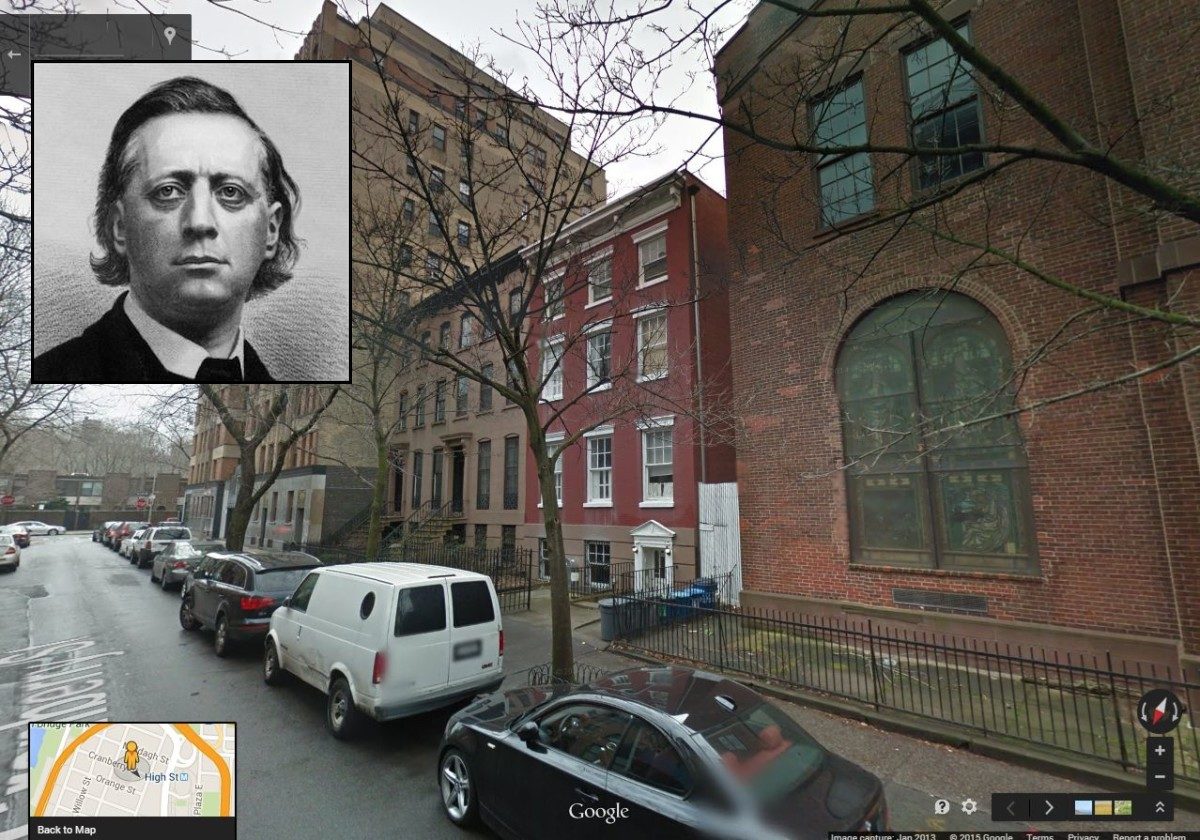
Brownstone Detectives investigates the history of our clients’ homes.
The story you are about to read was composed from research conducted in the course of one of those investigations.
Do you know the history of YOUR house?
********************************************************************************************************************************

In 1940, Nora Sullivan embarked upon a renovation of 66 Cranberry Street.
It was an historic brownstone built in the mid-1800s, at some point being occupied by the Joel Osteen of his day, the great abolitionist preacher Henry Ward Beecher.
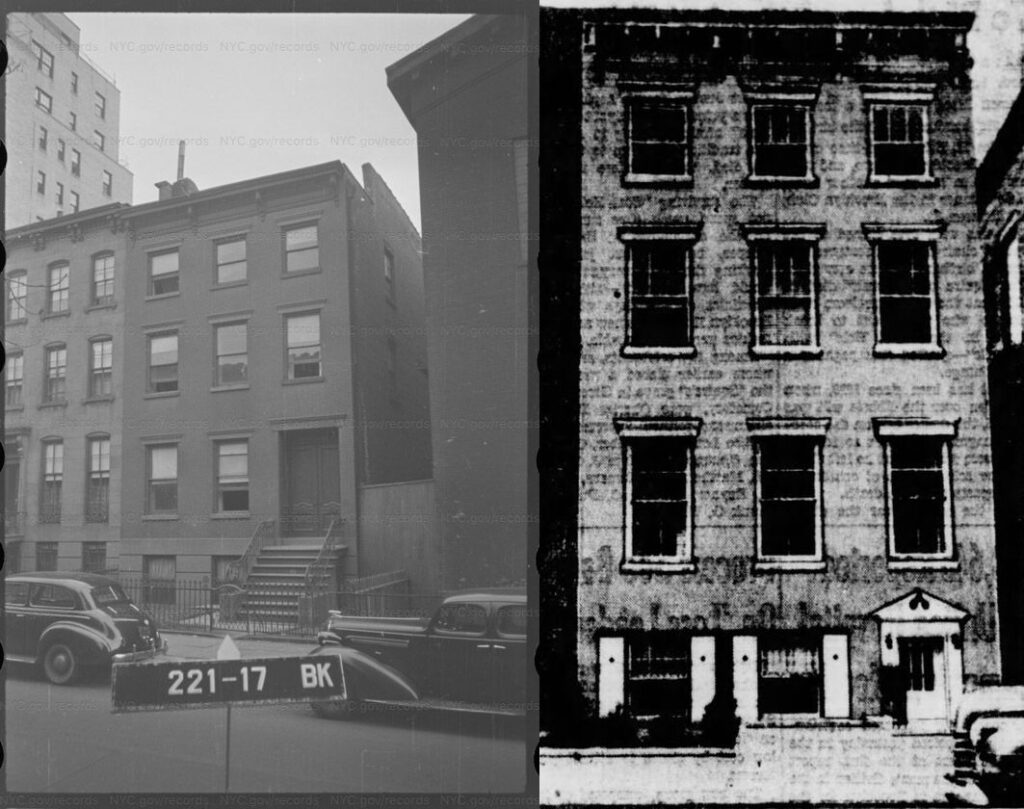
Beecher probably selected the house to be close to his job next door, as the phenomenally popular preacher at Plymouth Church.
Before the house had been built, like many other structures in old Brooklyn Heights, two wood frame buildings had graced the spot. These particular structures had been used as a school for boys.
Later in the 1840s, though, a “foundling,” deposited on the building’s stoop “in a basket,” was “discovered in the front yard of Mr. Henry Ruggle,” the owner at the time of 66 Cranberry in its previous iteration.

The scandal, though, lay in the fact that, upon the baby’s arrival at the mayor’s office – where abandoned babies were apparently brought back then – it was discovered that when the “habilments” were examined, they were “found to be of fine quality and of elaborate workmanship” which were indicative that “its late possessors are an unworthy portion of the ‘upper ten.'”
Amongst the other discoveries in the baby’s basket was a “fine cambric handkerchief marked ‘E,'” which was “the only clew by which the person who abandoned the infant may yet be traced.”
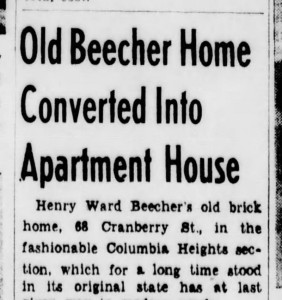
At some point soon after this incident, the wood frame house of Mr. Ruggle was torn down and the lot sold to a developer who erected the brownstone which graces the spot to this day.
A HUNDRED YEARS LATER – 1940
In 1940, Nora Sullivan, “an active holder of real estate in the Heights section,” who had renovated many other old historical homes in Brooklyn Heights, took on the project of modernizing the Beecher home. She did some things that would have endeared her to the builders of those “Fedders” homes of today, adding a colonial look to the facade (a style popular at the time) and removing the stoop.
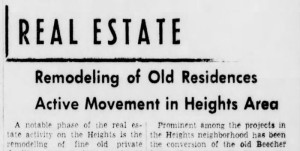
Her goal was to turn the home, which she had held since 1922, into an apartment building, which was then a sort of fad in the neighborhood (as well as in Park Slope).
“A notable phase of the real estate activity on the Heights is the remodeling of fine old private dwellings into modern apartment houses,” the real estate section of the Brooklyn Daily Eagle declared.
“During the past year modernization of old-type residences has figured prominently in the alteration work, plans for which have been filed recently at the Brooklyn Building Bureau.”
Today, this 75-year-old renovation does not look too terribly bad. With a few Fedders air conditioning units under the windows on each floor, though, the current owners might be able to do Nora Sullivan proud.
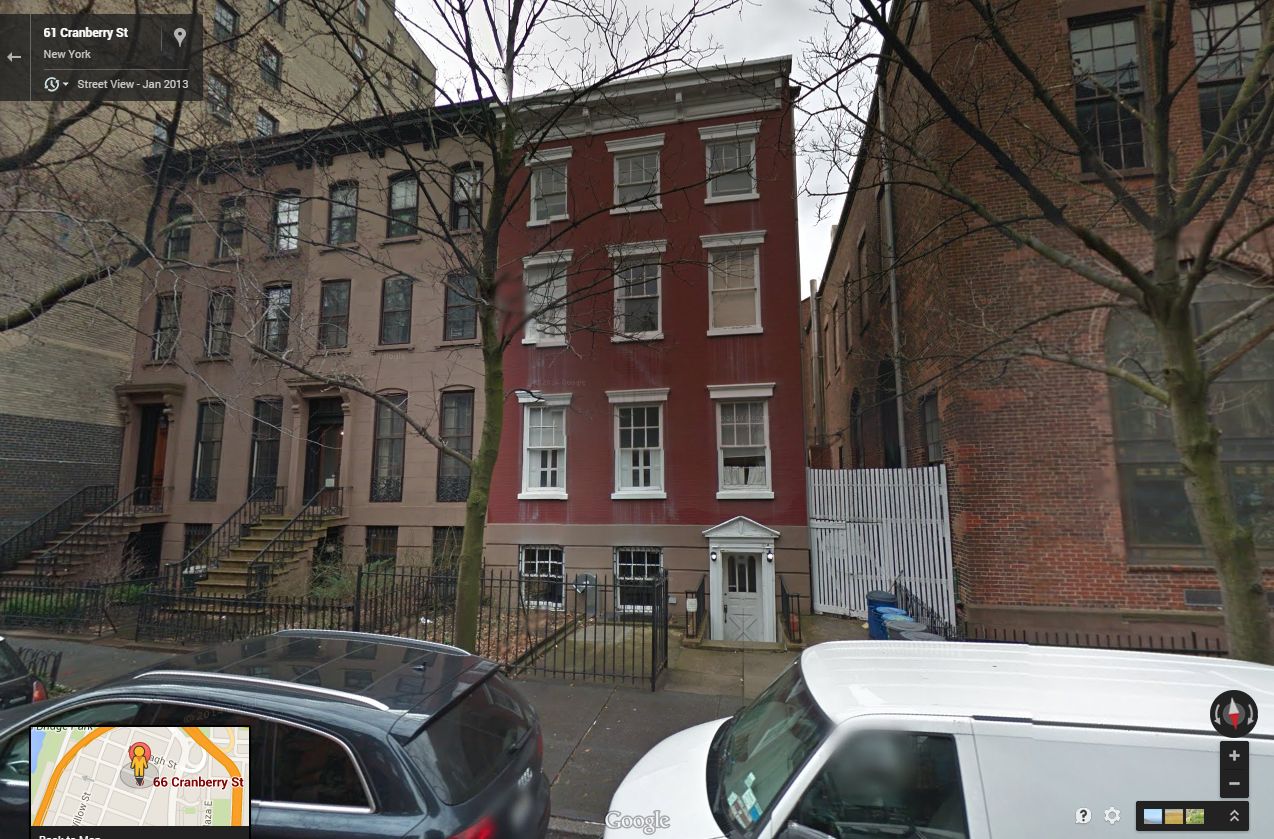
———————————————————————————————————————–
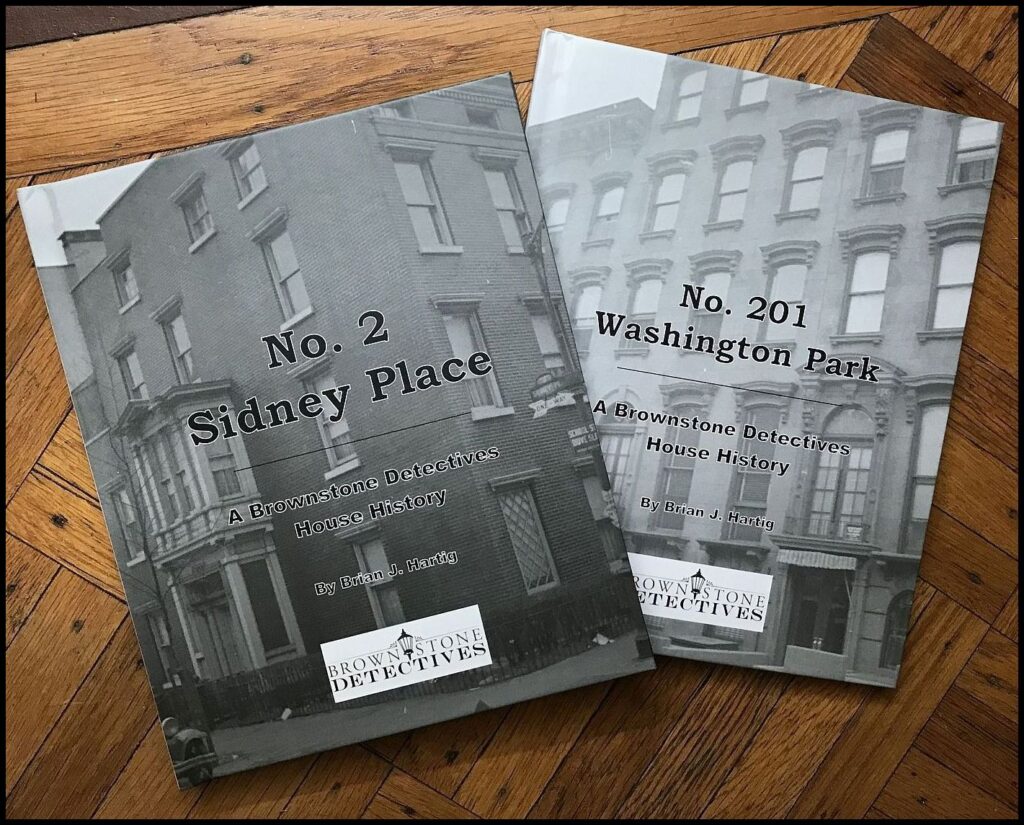 Brownstone Detectives is an historic property research agency. Our mission is to document and save the histories of our clients’ homes. From our research, we produce our celebrated House History Books and House History Reports. Contact us today to begin discovering the history of your home.
Brownstone Detectives is an historic property research agency. Our mission is to document and save the histories of our clients’ homes. From our research, we produce our celebrated House History Books and House History Reports. Contact us today to begin discovering the history of your home.